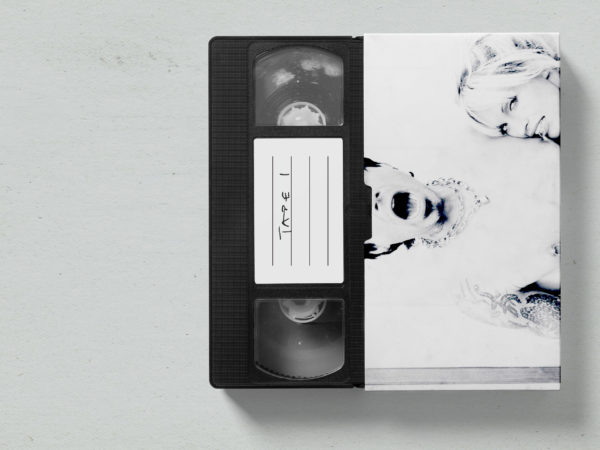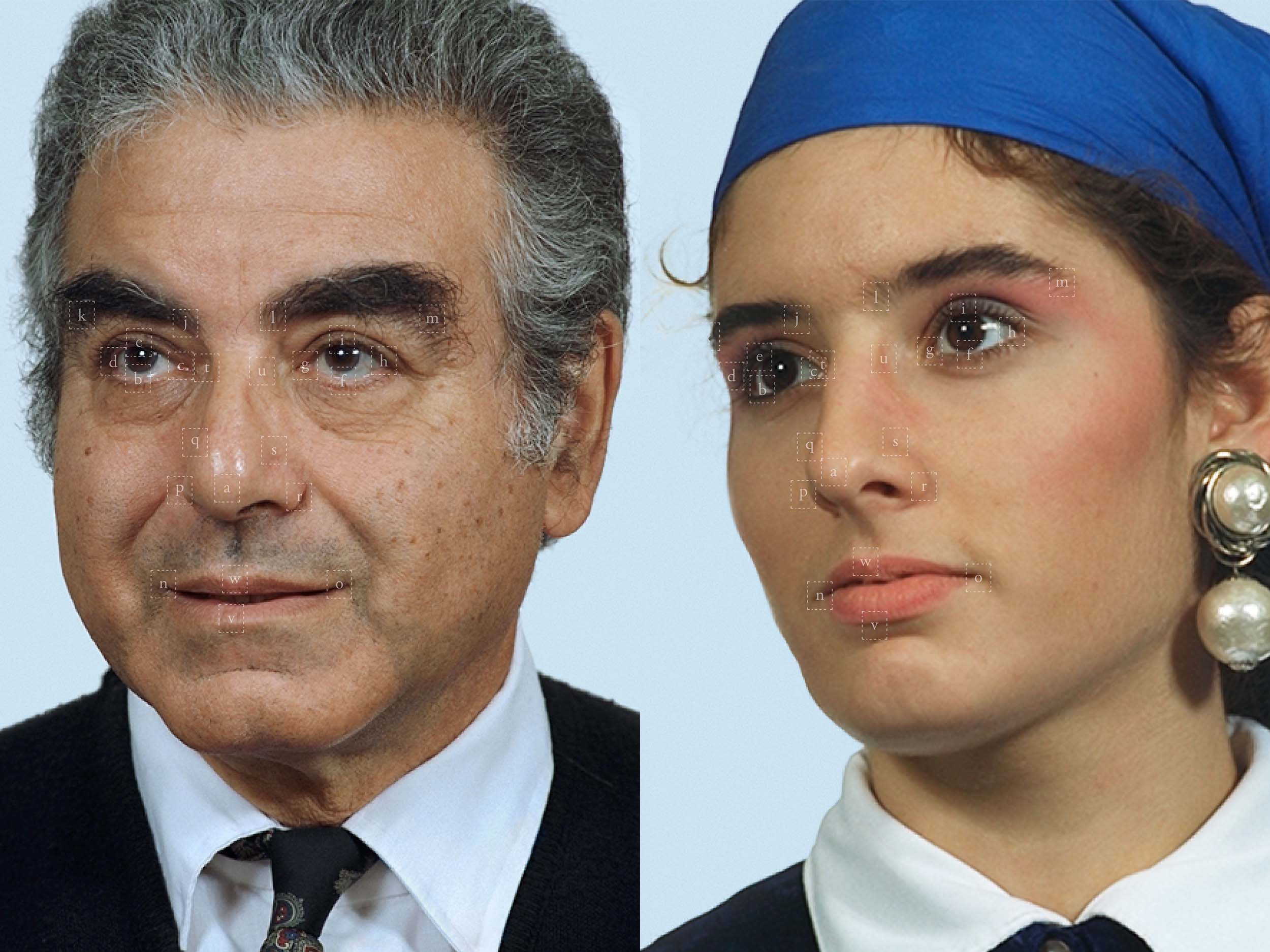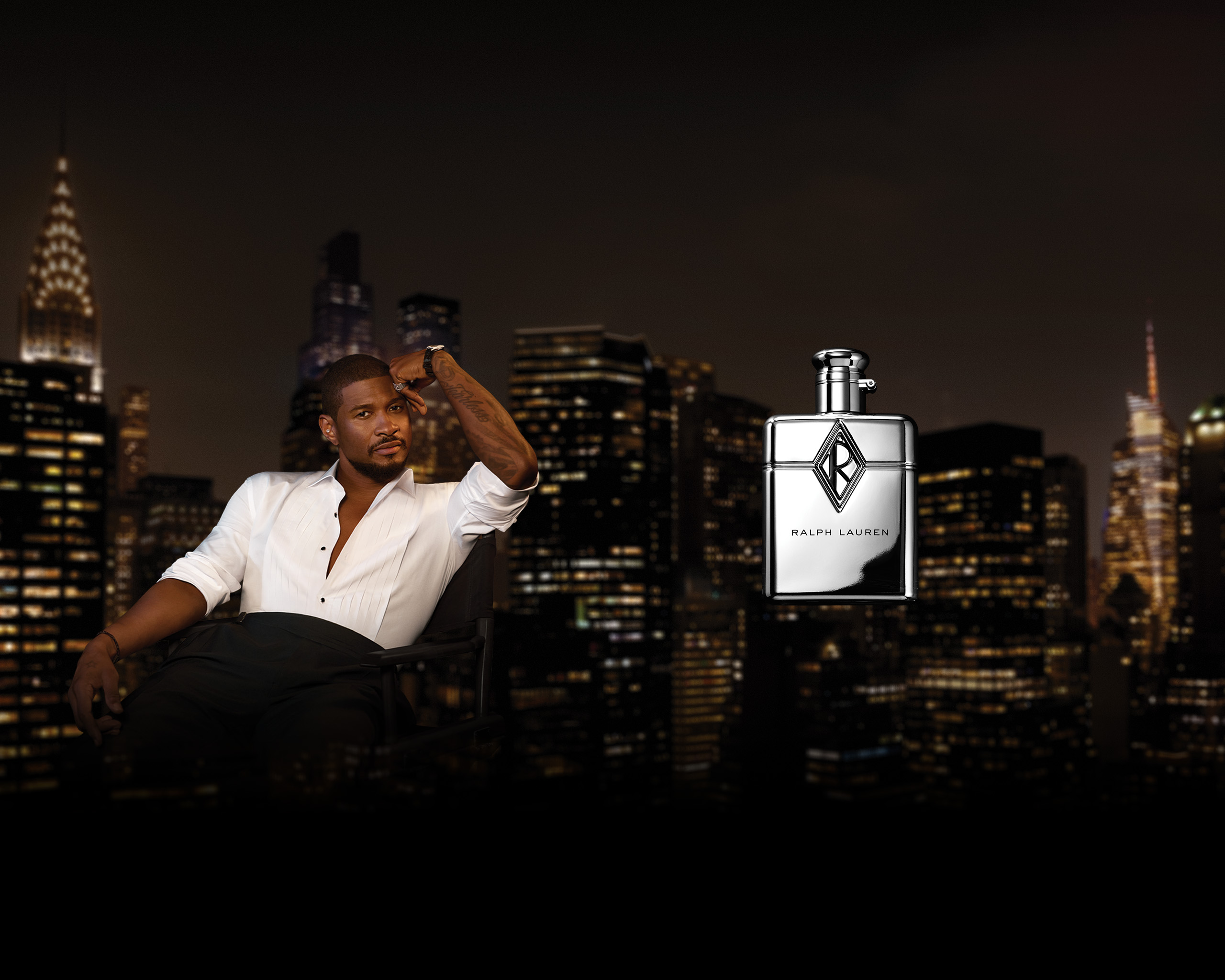At London Men's Fashion Week Fall/Winter 2018, designer Edward Crutchley discusses his push for textile quality, and why he doesn't make clothes for men.
With his print-laden Fall/Winter 2018 show behind him, Edward Crutchley was able to catch up with Document’s Alice Lefons at London Men’s Fashion Week and discuss why he doesn’t differentiate his designs by gender, and why ancient cultural symbols and emojis have more in common than you’d think.
Alice Lefons—I heard that you finished the collection a month before the show?
Edward Crutchley—It was not quite a month, [Laughter.] but we had 90 percent done before Christmas. I don’t see the need to stay up all night the week before. If you know what you’re doing and you get your stuff together, it’s not necessary.
Above The Fold

Sam Contis Studies Male Seclusion

Slava Mogutin: “I Transgress, Therefore I Am”

The Present Past: Backstage New York Fashion Week Men’s Spring/Summer 2018

Pierre Bergé Has Died At 86

Falls the Shadow: Maria Grazia Chiuri Designs for Works & Process

An Olfactory Memory Inspires Jason Wu’s First Fragrance

Brave New Wonders: A Preview of the Inaugural Edition of “Close”

Georgia Hilmer’s Fashion Month, Part One

Modelogue: Georgia Hilmer’s Fashion Month, Part Two

Surf League by Thom Browne

Nick Hornby: Grand Narratives and Little Anecdotes

The New Helmut

Designer Turned Artist Jean-Charles de Castelbajac is the Pope of Pop

Splendid Reverie: Backstage Paris Haute Couture Fall/Winter 2017

Tom Burr Cultivates Space at Marcel Breuer’s Pirelli Tire Building

Ludovic de Saint Sernin Debuts Eponymous Collection in Paris

Peaceful Sedition: Backstage Paris Fashion Week Men’s Spring/Summer 2018
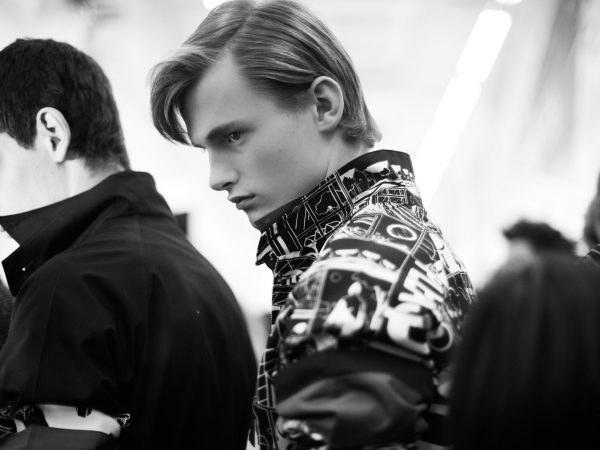
Ephemeral Relief: Backstage Milan Fashion Week Men’s Spring/Summer 2018

Olivier Saillard Challenges the Concept of a Museum

“Not Yours”: A New Film by Document and Diane Russo

Introducing: Kozaburo, 2017 LVMH Prize Finalist

Introducing: Marine Serre, 2017 LVMH Prize Finalist

Conscious Skin

Escapism Revived: Backstage London Fashion Week Men’s Spring/Summer 2018

Introducing: Cecilie Bahnsen, 2017 LVMH Prize Finalist

Introducing: Ambush, 2017 LVMH Prize Finalist

New Artifacts

Introducing: Nabil Nayal, 2017 LVMH Prize Finalist

Bringing the House Down

Introducing: Molly Goddard, 2017 LVMH Prize Finalist

Introducing: Atlein, 2017 LVMH Prize Finalist

Introducing: Jahnkoy, 2017 LVMH Prize Finalist

LVMH’s Final Eight

Escaping Reality: A Tour Through the 57th Venice Biennale with Patrik Ervell

Adorned and Subverted: Backstage MB Fashion Week Tbilisi Autumn/Winter 2017

The Geometry of Sound

Klaus Biesenbach Uncovers Papo Colo’s Artistic Legacy in Puerto Rico’s Rainforest

Westward Bound: Backstage Dior Resort 2018

Artist Francesco Vezzoli Uncovers the Radical Images of Lisetta Carmi with MoMA’s Roxana Marcoci

A Weekend in Berlin

Centered Rhyme by Elaine Lustig Cohen and Hermès

How to Proceed: “fashion after Fashion”

Robin Broadbent’s Inanimate Portraits

“Speak Easy”

Revelations of Truth

Re-Realizing the American Dream

Tomihiro Kono’s Hair Sculpting Process

The Art of Craft in the 21st Century

Strength and Rebellion: Backstage Seoul Fashion Week Autumn/Winter 2017

Decorative Growth

The Faces of London

Document Turns Five
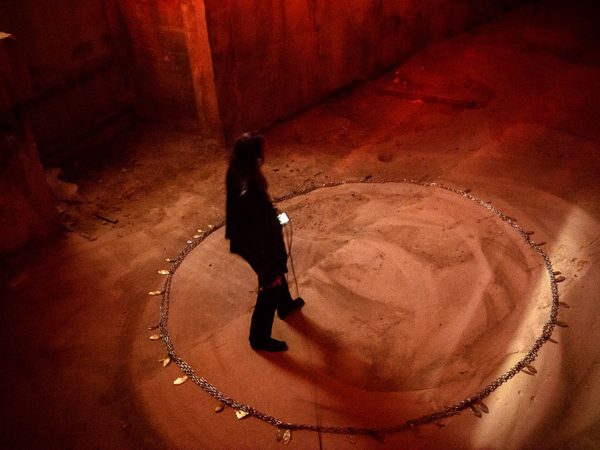
Synthesized Chaos: “Scholomance” by Nico Vascellari

A Whole New World for Janette Beckman

New Ceremony: Backstage Paris Fashion Week Autumn/Winter 2017
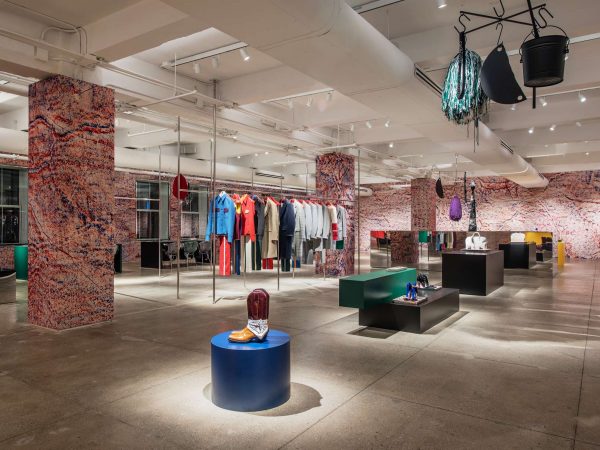
New Perspectives on an American Classic

Realized Attraction: Backstage Milan Fashion Week Autumn/Winter 2017

Dematerialization: “Escape Attempts” at Shulamit Nazarian

“XOXO” by Jesse Mockrin

Brilliant Light: Backstage London Fashion Week Autumn/Winter 2017

The Form Challenged: Backstage New York Fashion Week Autumn/Winter 2017

Art for Tomorrow: Istanbul’74 Crafts Postcards for Project Lift

Inspiration & Progress

Paskal’s Theory of Design

On the Road

In Taiwan, American Designer Daniel DuGoff Finds Revelation

The Kit To Fixing Fashion

The Game Has Changed: Backstage New York Fashion Week Men’s Autumn/Winter 2017

Class is in Session: Andres Serrano at The School

Forma Originale: Burberry Previews February 2017

“Theoria”

Wearing Wanderlust: Waris Ahluwalia x The Kooples

Approaching Splendor: Backstage Paris Haute Couture Spring/Summer 2017

In Florence, History Returns Onstage

An Island Aesthetic: Loewe Travels to Ibiza

Wilfried Lantoine Takes His Collection to the Dancefloor

A Return To Form: Backstage New York Fashion Week Spring/Summer 2018

20 Years of Jeremy Scott

Offline in Cuba

Distortion of the Everyday at Faustine Steinmetz

Archetypes Redefined: Backstage London Fashion Week Spring/Summer 2018

Spring/Summer 2018 Through the Lens of Designer Erdem Moralıoğlu

A Week of Icons: Backstage Milan Fashion Week Spring/Summer 2018

Toasting the New Edition of Document

Embodying Rick Owens

Prada Channels the Wonder Women Illustrators of the 1940s
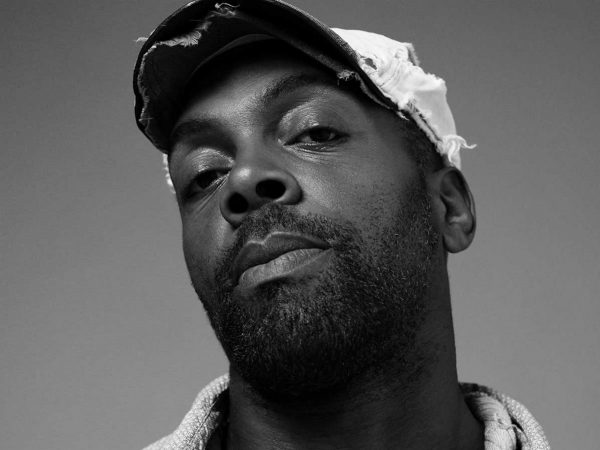
Andre Walker’s Collection 30 Years in the Making

Fallen From Grace, An Exclusive Look at Item Idem’s “NUII”

Breaking the System: Backstage Paris Fashion Week Men’s Autumn/Winter 2017

A Modern Manufactory at Mykita Studio

A Wanted Gleam: Backstage Milan Fashion Week Men’s Autumn/Winter 2017

Fashion’s Next, Cottweiler and Gabriela Hearst Take International Woolmark Prize

Beauty in Disorder: Backstage London Fashion Week Men’s Autumn/Winter 2017

“Dior by Mats Gustafson”

Prada’s Power

George Michael’s Epochal Supermodel Lip Sync

The Search for the Spirit of Miss General Idea

A Trace of the Real

Wear and Sniff

Underwater, Doug Aitken Returns to the Real
Alice—It also feels like these pieces need to be done early, because of how intricate the prints and materials are.
Edward—Yes, I have a lot of experience with developing fabrics through my consultancy work. I know what the fabric is going to do; I know how it’s going to behave. But you do have to put a lot of thought into “Where is that baby’s head emoji going to end up on this dress?”
Alice—How does it feel to be a London designer; do you ever see yourself moving?
Edward—I spend a lot of my time between London and Paris, so I don’t necessarily feel like I’m in the gang of London designers. I show in London because I like showing in London. It’s home. It makes more sense; all my factories are here, my team is here. Let’s see where we go next.
Alice—In the last collection, there was perhaps more of a British element, while this time you branched out to more something more exotic. Was this a purposeful decision?
Edward—I was thinking a lot about my own Britishness, then. That had become a really key element to me. As I’m moving forward, I am becoming more global in my referencing. It’s just about things that I find beautiful. I don’t care where they’re from or how they’re going to go together.
Alice—Although you’ve always had women’s elements in your collections, this time you actually showed clothes on female models. Where did this decision come from?
Edward—It was partly a commercial decision. But also, if you have an idea you think is beautiful, it’s not relevant who is going to be wearing it—whether it’s a man or a woman. I don’t even think it’s relevant who you show it on. I wanted to show a more complete idea of what I think beautiful clothes are.
Alice—You’re still showing skirts on boys. You’re not moving away from that, but I thought it was great to also see the girls. Are the construction of the men’s and the women’s pieces the same?
Edward—The men’s and the women’s tailored trousers are different, because there are basic differences that need to be addressed. But all the pajamas, outerwear, and jackets are the same. I’ve heard some say, “This is a menswear week; this is a menswear company.” But I think, “I’m not a menswear company; I’ve never been a menswear company.” We have some things that are specifically for men, some for women, but 90 percent of the collection is for everyone!
Alice—Textiles were such a big element in your collection, do you work on the development of the fabrics yourself?
Edward—Yes, that’s really my speciality. That’s what I do as my consultancy work; I’m a fabric development specialist.
Alice—Do you make the prints as well?
Edward—I work with a very good friend of mine who’s an amazing print designer. I could do it on my own, but I know he can do it better. We’ve worked closely for nearly ten years. We don’t really have to talk about what we’re doing.
Alice—You have such unique, and instantly recognizable prints, what was the driving influence for them?
Edward—The emoji print is an homage to the print from the Yves Saint Laurent 1971 Scandal collection, which had these amazing greek figures. Very large, very overscale. We’ve reworked it completely; there’s no direct similarity, but I liked the referencing. I’ve also been very interested in the 16th century Chinese novel Journey to the West. I’m obsessed with monsters and mythology. We drew all these Chinese characters, but in a Greek style, because I liked that mashing together of two very ancient cultures. Then we took nine emojis and hid them in the print.
“If you have an idea you think is beautiful, it’s not relevant who is going to be wearing it—whether it’s a man or a woman.”
Alice—So in each piece there’s an emoji?
Edward—Yes. We have the bomb, dove, angel, and skeleton holding some grapes somewhere. They are totally incorporated into the print, so it’s a true collaboration. I like that they’re really obvious and that was the challenge for me. I’ve really enjoyed working with emoji. It was something a bit lighter for me, because I sometimes feel that what I do can get a bit serious.
Alice—It adds a sense of humor.
Edward—They’re kind of fascinating, emojis. Our oldest way of communicating is with pictures. I felt that was really interesting, the super modern and the super old.
Alice—It’s amazing to see the collection up close, there’s so much detail and the materials feel amazing.
Edward—Well, I always try to push for the very best quality that I can, I think it’s so important.
Alice—It comes from you having all this experience, there’s no cutting corners.
Edward—Never!












